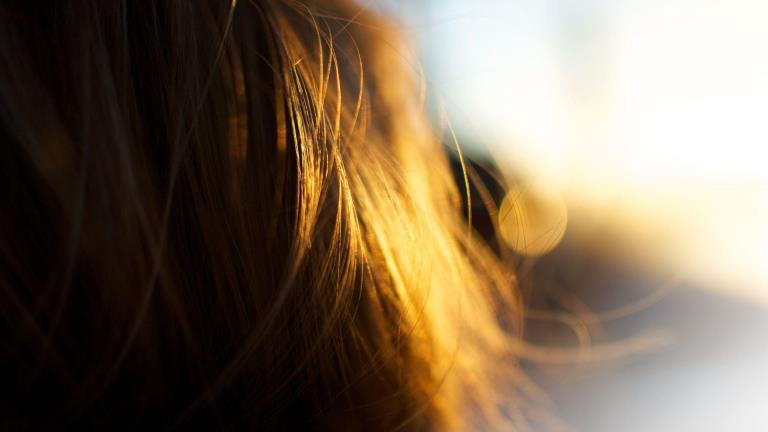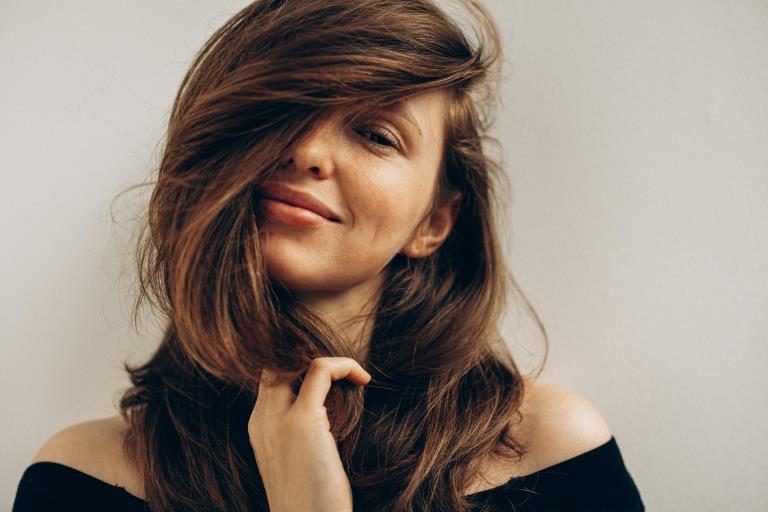Preventative hair care: protecting from environmental aggressors

How does climate change affect our hair?
Social media reflects changing expectations in hair care, with growing focus on anti-breakage, heat protection, UV defence, and style protection, signaling that consumers are thinking beyond aesthetics and prioritising hair health. (1)

The graph above comes from the WGSN report "WGSN Trend Curve: What's Next for Coily Haircare" and shows the percentage of social media conversations about hair care which reference climate protection.
But how exactly does climate change impact hair?
- Rise of temperature leads to increased perspiration, oilier scalps, and potential scalp irritation.
- On the other hand, extreme cold temperatures can cause dryness, brittleness, and increased breakage.
- Increased humidity disrupts hair’s natural structure, making it look unruly, frizzy, and less defined.
- UV exposure is also a critical factor in hair and scalp damage, something that will be detailed below.
- Pollution, when combined with UV radiation, degrades the hair fiber, leading to dryness, dullness, and split ends.
What this means is that climate change isn’t just an abstract concept, it’s something that is actively shaping the way we should care for our hair.
The impact of UV exposure
We’ve long understood the impact of UV rays on skin, but this is only now its effects on hair and scalp are gaining attention. Much like our skin, hair is vulnerable to UV rays:
- Photochemical reactions and oxidative stress can lead to di-sulfide bonds breaking down in the hair cortex, degrading its structure from within and leaving hair more fragile and prone to breakage.
- Hair’s surface is also impacted, with hair that may become dry, dull, stiff and difficult to manage.
- Unwanted color changes is another potential consequence of UV exposure with pigmentation affected.
And then, there’s the scalp. Seen as an extension of our skin, yet we often forget to protect it from the sun. Did you know that 13% of all skin cancers occur on the scalp? (2) UV exposure can lead to scalp inflammation, irritation, dryness, premature aging, and even weakened hair follicles, affecting healthy hair growth.
FibraShield™ C, a protective peptide derived from chickpeas, positions itself as the right solution to protect our hair from the damaging effect of UV rays. 98.9% naturally derived according to ISO16128 and COSMOS approved, FibraShield C fights oxidative stress inside and out to preserve hair longevity with a 95% reduction in reactive oxygen species. It pro-actively protects both hair cortex and cuticles from the damaging effects of environmental aggressors and helps to maintain hair health throughout life.
 Featured
Featured
FibraShield™ C
Prevent hair from frizz
While UV protection in hair care is still an emerging conversation, frizz, on its side, has been a universal concern for years. In 2024, the hashtag #antifrizztreatment gathered 81.5 million views on TikTok, with engagement increasing by nearly 3,000% between May and August. (3)But the conversation around frizz is now evolving, with a focus shifting from managing frizz to preventing it from happening in the first place.
We usually associate frizz with humidity, which is true: excess moisture penetrates the hair fibre and disrupts hydrogen bonds in the hair cortex. This therefore causes unpredictable changes in hair shape, that are often leading to unwanted frizz and volume.
But what is often forgotten is the role of UV exposure in increasing frizz. By breaking disulfide bonds and damaging the hair’s protective outer layer, UV rays make hair more prone to frizz as well. (4)
If we truly want to control frizz, we need hair care solutions that protect against both humidity and UV damage. Whilst FibraShield C helps to protect hair cuticles from UV rays, Prolevium™, a protein derived from cottonseed, provides humidity proof to the hair. Prolevium offers exceptional frizz control and style retention, leaving your hair looking and feeling good. Thanks to water regulation within the fiber, it offers humidity control without any negative impact on hair sensory.
 Featured
Featured
Prolevium™ SB
The future of hair care is preventative, personalised, and climate-conscious. As the environment changes, so must our approach to hair care, and this starts with protection. By including both FibraShield C and Prolevium into your formulations, you can protect it from the damaging effects of UV rays, pollution and humidity, helping to preserve hair longevity and style.
References:
1. WGSN TrendCurve: What’s Next for Coily HairCare?
2. WGSN Key Trend 2025: What’s Next For Suncare?
3. WGSN Next Gen Hair Styling Products
4. Science of hair frizz: Kao pinpoints UV rays as culprit behind untamed tresses